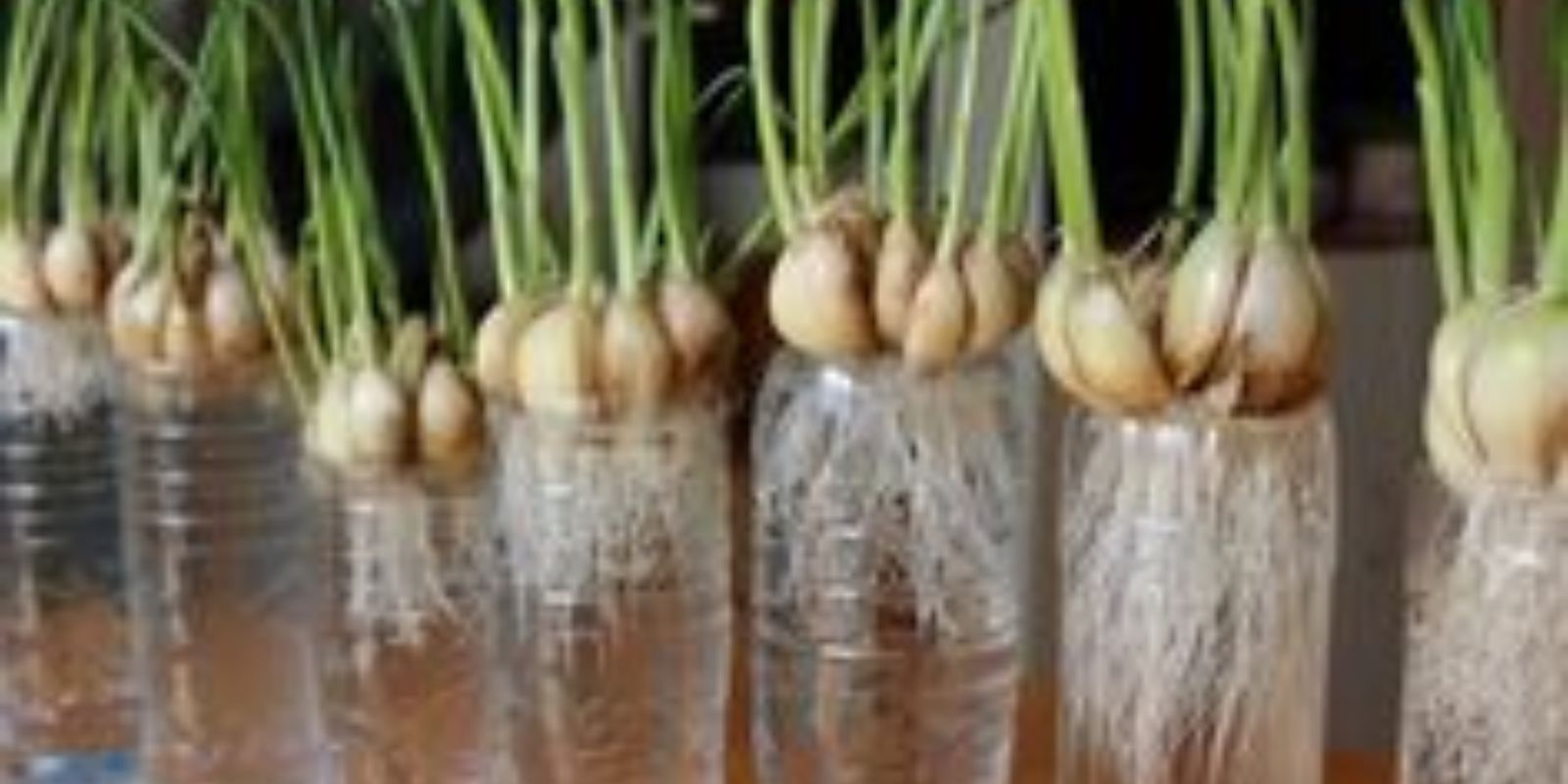Organic gardening is a harmonious dance between nature and nurture, where the health of the soil, plants, and ecosystem is prioritized over quick fixes and chemical solutions. One of the primary challenges for organic gardeners is controlling pests without harming beneficial insects, soil microorganisms, or the environment. This challenge has led many gardeners to seek out natural remedies, with garlic alcohol insecticide emerging as a potent, eco-friendly solution.
The Power of Garlic and Alcohol
Garlic has been revered for centuries not only for its culinary and medicinal properties but also for its ability to repel pests. Its strong odor and active compounds, such as allicin, make it a natural deterrent against a wide range of insects, including aphids, mealybugs, and caterpillars. When combined with alcohol, which acts as a solvent and preservative, the insecticidal properties of garlic are enhanced, resulting in a potent spray that can effectively protect your plants.
Why Choose Garlic Alcohol Insecticide?
- Eco-Friendly: Unlike chemical pesticides, garlic alcohol insecticide does not leave harmful residues in the soil or water. It breaks down naturally, reducing the risk of environmental pollution.
- Safety: It is safe for use around children, pets, and beneficial insects like bees and ladybugs when applied correctly.
- Cost-Effective: Most of the ingredients are readily available and inexpensive, making it a budget-friendly option for gardeners.
- Effective: The combination of garlic and alcohol creates a powerful deterrent that targets a wide range of common garden pests.
Preparing Garlic Alcohol Insecticide
Creating your own garlic alcohol insecticide at home is simple and requires just a few ingredients and tools. Here’s a step-by-step guide:
Materials Needed:
- Fresh garlic cloves
- Alcohol (rubbing alcohol or vodka)
- Water
- A glass jar with a lid
- A fine mesh strainer or cheesecloth
- A spray bottle
Step-by-Step Instructions:
- Gather Your Materials: Assemble all the necessary ingredients and tools. Fresh garlic is preferred for its potency.
- Prepare the Garlic: Peel several cloves of garlic. To maximize their effectiveness, finely chop or crush the garlic. This releases the allicin and other active compounds that repel insects.
- Mixing Ingredients: Combine the crushed garlic with alcohol in a glass jar. The ideal ratio is 1 part garlic to 3 parts alcohol. The alcohol will extract and preserve the beneficial compounds from the garlic.
- Steeping Process: Seal the jar with its lid and let the mixture steep for at least 24 hours at room temperature. This allows the alcohol to absorb the active compounds from the garlic.
- Strain the Solution: After steeping, use a fine mesh strainer or cheesecloth to strain the mixture into another container. This separates the liquid insecticide from the solid garlic remnants, ensuring a smooth solution.
- Dilute with Water: Transfer the strained solution to a clean container and dilute it with water. A typical dilution ratio is 1 part garlic-alcohol mixture to 10 parts water. Adjust this ratio based on the sensitivity of your plants.
- Pour into Spray Bottle: Pour the diluted solution into a spray bottle. This makes it easy to apply the insecticide to your plants.
- Application: Spray the garlic alcohol insecticide directly onto the foliage and stems of the affected plants. Pay special attention to the undersides of leaves, where pests often hide. It’s best to apply the solution in the early morning or late afternoon to avoid direct sunlight, which can cause it to evaporate quickly.
- Repeat as Needed: Monitor your plants regularly for signs of pest infestation. Reapply the garlic alcohol spray every few days or after rainfall to maintain its effectiveness. Consistency is key to effectively repelling and controlling pests over time.
The Benefits of Natural Pest Control
Using garlic alcohol insecticide as part of your gardening routine offers numerous benefits beyond pest control. Here are a few:
Promotes Biodiversity
By avoiding chemical pesticides, you create a healthier environment for beneficial insects like bees, butterflies, and ladybugs. These insects play a crucial role in pollination and natural pest control, contributing to a more balanced and thriving garden ecosystem.
Enhances Soil Health
Chemical pesticides can disrupt the delicate balance of soil microorganisms, which are essential for nutrient cycling and soil fertility. Natural pest control methods like garlic alcohol insecticide help maintain this balance, promoting healthier soil and stronger plant growth.
Reduces Chemical Exposure
Gardening with natural solutions reduces your exposure to potentially harmful chemicals, creating a safer environment for you, your family, and your pets. This is especially important for edible gardens, where pesticide residues can end up on your food.
Sharing the Knowledge
Embracing natural solutions like garlic alcohol insecticide not only protects your plants but also promotes a healthier and more sustainable gardening practice. Sharing your experiences, tips, and success stories with other gardeners can inspire them to adopt eco-friendly methods, creating a community of environmentally conscious gardeners.
Conclusion
Garlic alcohol insecticide is a testament to the power of natural remedies in organic gardening. It offers an effective, eco-friendly, and safe solution to pest problems, helping gardeners maintain healthy and vibrant gardens without resorting to harsh chemicals. By preparing and using this simple yet potent insecticide, you contribute to a more sustainable gardening practice that benefits not just your plants, but the entire ecosystem.
Join the conversation and empower fellow gardeners to achieve pest-free plants through organic means. Together, we can explore and enhance our knowledge of natural pest control methods, contributing to greener and thriving gardens everywhere. Embrace the power of garlic alcohol insecticide and take a step towards a healthier, more sustainable gardening future.

